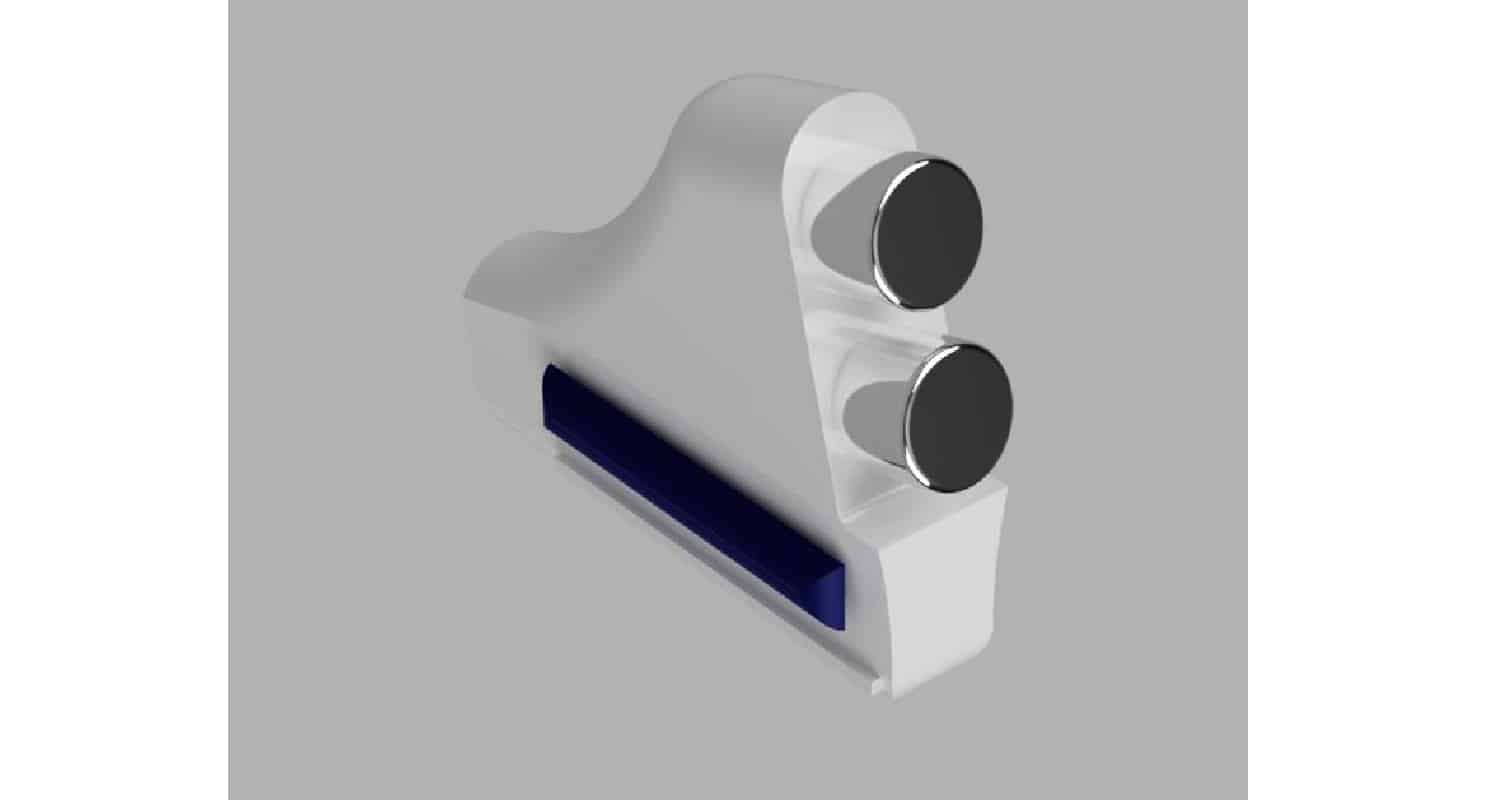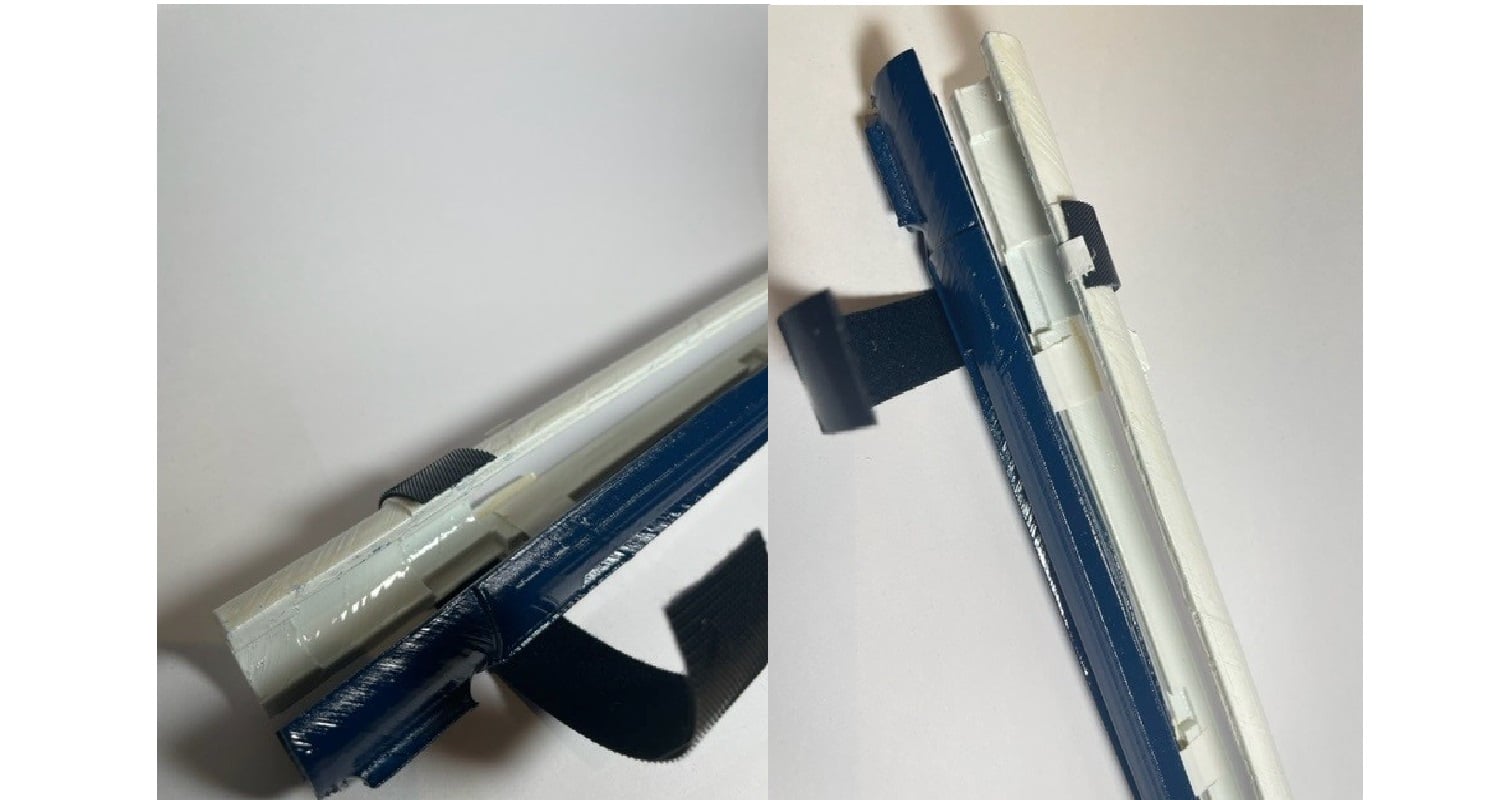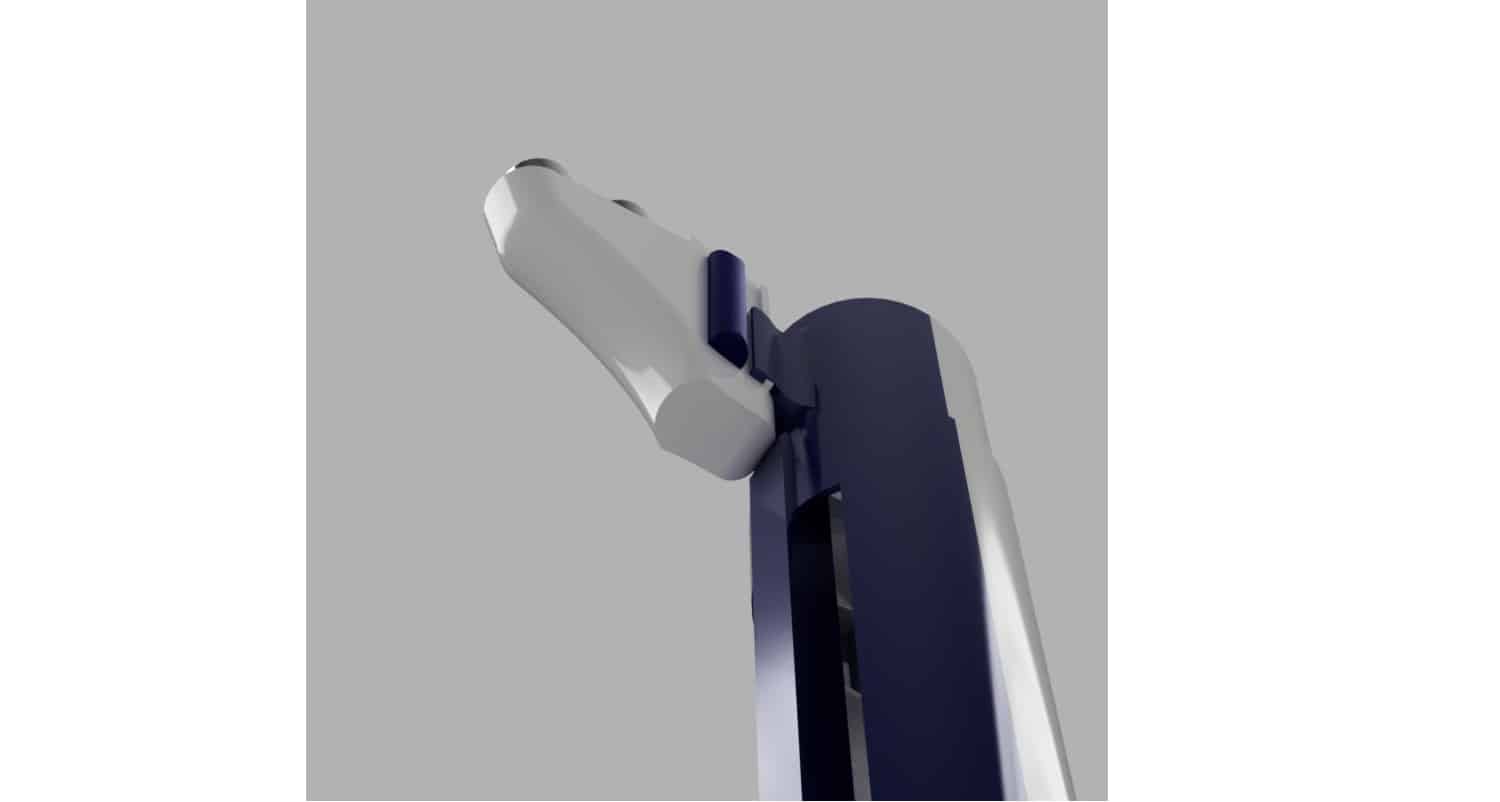VIma: Vision impaired mobility aid
Mobility while being visually impaired is a major necessity. The need to be able to do that in a safe and independent manner is vital for someone’s life.
VIMA is a device that does just that VIMA stands for Vision Impairment Mobility Assistant.It is a device that utilises the already made technology of the traditional white cane, by making an addition to make mobility easier and safer. The device is a plastic, injection moulded casing that includes the use of haptic technology to help improve mobility for the vision impaired.
Haptic technology is used in the form of vibrating modules that are located down the length of the handle that provides instant feedback to the user. These
vibrations are triggered by the use of an ultrasonic sensor that is located further down the handle that senses when an object is blocking the path of the user. This device is to enhance the obstacle detection of the cane, so it can sense objects that the cane cannot detect.
The sensor features an ultrasonic sensor that detects the obstacles that would be at head height for the user, as well as objects at waist height. The sensor itself is detachable so that the user can use it in more confined spaces where the full cane is not appropriate.
The physical design of the product is fully intentional for both aesthetics and purpose. The design features long cutouts that run the duration of the handle alongside the haptic rods. These cutouts allow the user to still be able to use the grip already on the cane. This is for many reasons, the main being that if the device was to get wet, the user would still be able to grip the cane instead of trying to hold onto slippery plastic.
The interior of the design has specifically designed grooves so it can slip onto the cane easily. The grooves allow the user to easily locate what part of the cane needs to go where.
The device’s colour is blue and white which was done intentionally. The colours were intended to not clash with the already made colours of the cane white and red. The cane is made to be reflective, so when used at night the user can be seen. The use of blue and white were colours that can also be used to reflect light and night, as well as provide another identifying colour scheme.















